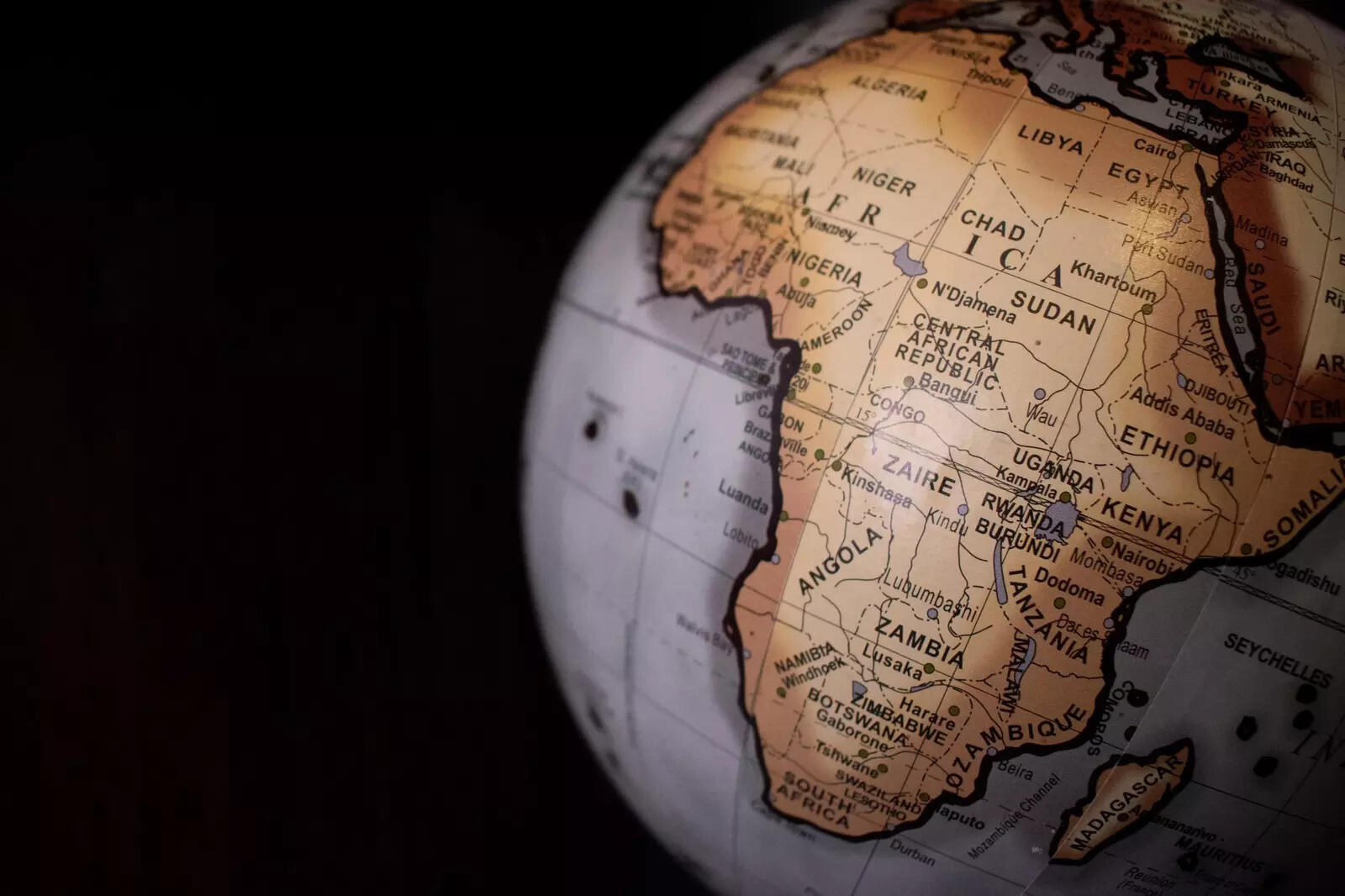Do You know The Only continent That Lies In All Four Hemispheres?
Africa holds a unique place on the globe, standing out as the only continent that stretches across all four hemispheres, Northern, Southern, Eastern, and Western. This extraordinary positioning makes it central to global geography and highlights its significance in understanding Earth’s divisions. From climate to culture, Africa’s location gives it a remarkable diversity that no other continent shares.
Africa’s Exceptional Geographical Position
What makes Africa truly unique is the intersection of the Equator and the Prime Meridian on its landmass. The Equator, which divides the Earth into Northern and Southern Hemispheres, passes through the heart of Africa. This means that parts of the continent lie north of the Equator while a substantial portion lies south.
Similarly, the Prime Meridian, which separates Eastern and Western Hemispheres, runs through countries such as Ghana, Mali, Burkina Faso, and Togo. With both the Equator and Prime Meridian crossing it, Africa becomes the only continent spanning all four hemispheres.
Countries Across the Hemispheres
Africa’s vast size means its nations are spread across each hemisphere:
This geographical distribution emphasises Africa’s incredible diversity and global importance.
Why Africa Stands Out
Africa is the only continent that simultaneously bridges both hemispheric lines. Unlike Asia or North America, which cross either the Equator or Prime Meridian, Africa connects north and south as well as east and west. This central positioning shapes its climate, ecosystems, and even time zones. From tropical rainforests to arid deserts and temperate grasslands, Africa’s landscapes are influenced by its placement across multiple hemispheres.
Fascinating Facts About Africa
Africa’s geographical placement not only sets it apart on the map but also makes it a vital region for understanding Earth’s climate, culture, and biodiversity.

Africa’s Exceptional Geographical Position
What makes Africa truly unique is the intersection of the Equator and the Prime Meridian on its landmass. The Equator, which divides the Earth into Northern and Southern Hemispheres, passes through the heart of Africa. This means that parts of the continent lie north of the Equator while a substantial portion lies south.
Similarly, the Prime Meridian, which separates Eastern and Western Hemispheres, runs through countries such as Ghana, Mali, Burkina Faso, and Togo. With both the Equator and Prime Meridian crossing it, Africa becomes the only continent spanning all four hemispheres.
Countries Across the Hemispheres
Africa’s vast size means its nations are spread across each hemisphere:
- Northern Hemisphere: Includes Egypt, Libya, Algeria, Tunisia, and Morocco – areas known for deserts, historical cities, and cultural heritage.
- Southern Hemisphere: South Africa, Namibia, Botswana, Zimbabwe, and Angola feature wildlife, savannas, and natural landmarks.
- Eastern Hemisphere: Countries like Kenya, Tanzania, Ethiopia, Uganda, and Somalia host famous mountains, wildlife reserves, and lush landscapes.
- Western Hemisphere: Ghana, Mali, Senegal, and Burkina Faso lie west of the Prime Meridian, forming part of Africa’s historical trade and cultural regions.
This geographical distribution emphasises Africa’s incredible diversity and global importance.
Why Africa Stands Out
Africa is the only continent that simultaneously bridges both hemispheric lines. Unlike Asia or North America, which cross either the Equator or Prime Meridian, Africa connects north and south as well as east and west. This central positioning shapes its climate, ecosystems, and even time zones. From tropical rainforests to arid deserts and temperate grasslands, Africa’s landscapes are influenced by its placement across multiple hemispheres.
Fascinating Facts About Africa
- Equator Cuts Through Seven Countries: Gabon, Congo, Democratic Republic of Congo, Uganda, Kenya, Somalia, and São Tomé and Príncipe experience tropical climates and dense forests.
- Prime Meridian Crosses Four Nations: Ghana, Mali, Burkina Faso, and Togo are located on 0° longitude, where time zones and hemispheres intersect.
- Second-Largest Continent: Covering 30.3 million km², Africa is second only to Asia and accounts for nearly 20% of the world’s land area with over 1.4 billion people.
- Surrounded by Major Water Bodies: Africa is bordered by the Mediterranean Sea, Indian Ocean, Atlantic Ocean, and Red Sea, historically enabling trade and cultural exchange.
- Diverse Landscapes and Climates: From deserts to rainforests and grasslands, Africa’s positioning across hemispheres supports some of the world’s most unique ecosystems.
Africa’s geographical placement not only sets it apart on the map but also makes it a vital region for understanding Earth’s climate, culture, and biodiversity.
Next Story